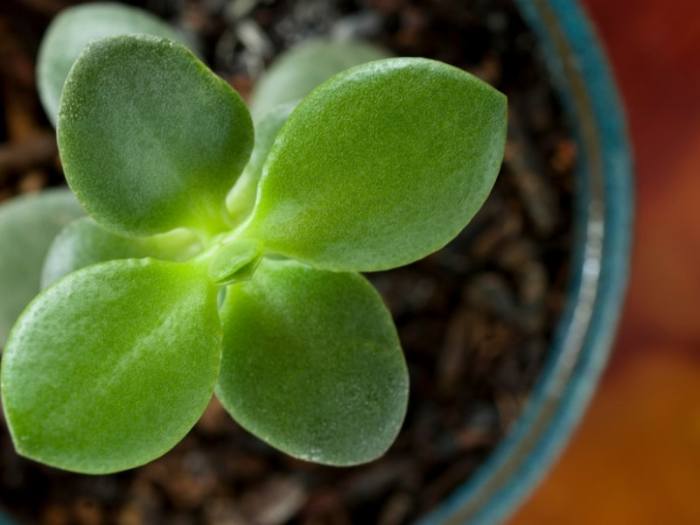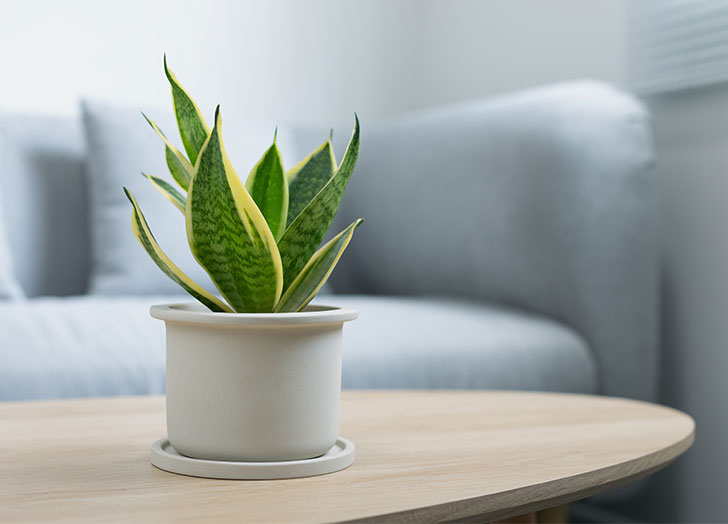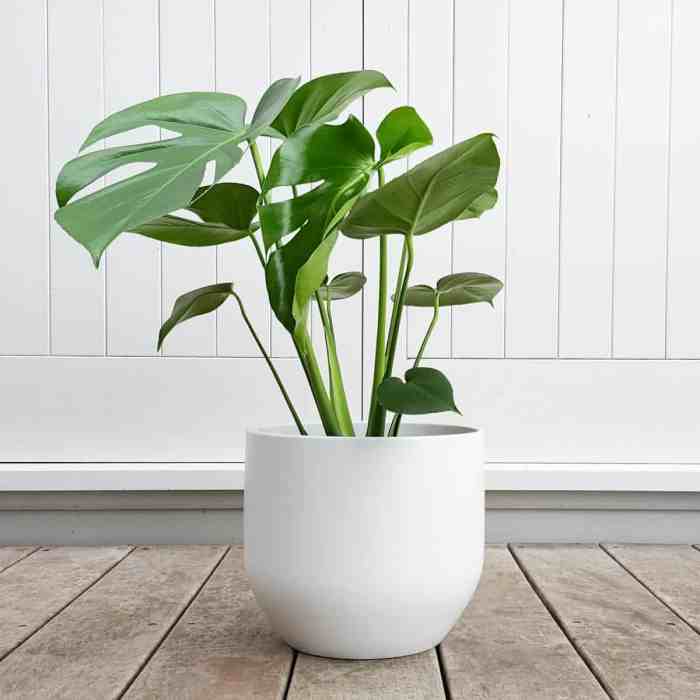Do Jade Plants Need a Lot of Water?
Watering Jade Plants: A Comprehensive Guide: Do Jade Plants Need A Lot Of Water

Source: northernnester.com
Do jade plants need a lot of water – Jade plants, known for their succulent leaves and resilience, are popular houseplants. However, their seemingly hardy nature can be deceiving; improper watering is a common cause of jade plant demise. Understanding the nuances of watering jade plants is crucial for their long-term health and vibrant growth. This guide provides a detailed overview of watering frequency, soil considerations, environmental influences, and techniques to ensure your jade plant thrives.
Watering Frequency for Jade Plants
The optimal watering schedule for a jade plant depends on several interconnected factors. Seasonality plays a significant role; during the warmer months (spring and summer), when the plant is actively growing, watering frequency should increase. Conversely, in colder months (autumn and winter), watering should be significantly reduced. The size of the pot also matters; larger pots retain moisture longer, requiring less frequent watering than smaller pots.
Finally, a mature jade plant, with a well-established root system, will generally require less frequent watering than a younger, smaller plant.
Underwatering manifests as shriveled, wrinkled leaves, and the plant may appear dry and brittle. Overwatering, on the other hand, leads to root rot, characterized by soft, mushy leaves, yellowing foliage, and a foul odor emanating from the soil. The plant may also exhibit leaf drop.
To properly water a jade plant, first check the soil moisture. Insert your finger about an inch into the soil; if it feels dry, it’s time to water. Water thoroughly until water drains from the drainage holes. Avoid letting the plant sit in standing water, as this promotes root rot. Indoors, jade plants generally need less frequent watering than those grown outdoors, due to less evaporation.
Soil Type and Drainage
Well-draining soil is paramount for the health of a jade plant. Jade plants are susceptible to root rot if their roots remain consistently wet. Proper drainage ensures that excess water doesn’t accumulate around the roots, preventing fungal growth and decay. A suitable soil mix should consist of a blend of well-draining components, such as cactus and succulent potting mix, perlite, and coarse sand.
These ingredients improve aeration and prevent waterlogging.
Using poorly draining soil can lead to compacted soil, hindering oxygen flow to the roots and reducing water absorption. This can result in root rot and ultimately kill the plant. The following table compares different soil types and their suitability for jade plants:
| Soil Type | Water Retention | Drainage | Suitability for Jade Plants |
|---|---|---|---|
| Cactus & Succulent Mix | Low | Excellent | Highly Suitable |
| Regular Potting Soil | High | Poor | Unsuitable |
| Sand | Very Low | Excellent | Suitable with added organic matter |
| Perlite | Very Low | Excellent | Suitable as an amendment |
Environmental Factors Affecting Watering Needs

Source: purewow.net
Several environmental factors influence a jade plant’s water requirements. Higher temperatures and increased sunlight exposure lead to faster evaporation, necessitating more frequent watering. Conversely, lower temperatures and less sunlight reduce evaporation, requiring less frequent watering. Humidity also plays a role; higher humidity reduces the rate of evaporation, while lower humidity increases it. Seasonal variations significantly impact these factors, necessitating adjustments to watering schedules.
Jade plants are succulents, known for their drought tolerance; they don’t require frequent watering. However, root rot can be an issue if overwatered, so proper pruning is sometimes necessary. If you find yourself needing to trim overgrown roots, you might wonder can you trim plant roots in water , which is a valid question. Understanding this helps ensure your jade plant thrives with appropriate watering and root maintenance.
Here are some tips for adapting watering schedules to different environmental conditions:
- Increase watering frequency during hot, sunny weather.
- Reduce watering frequency during cooler, cloudy weather.
- Adjust watering based on the humidity level in your environment.
- Monitor the soil moisture regularly, regardless of the season.
Signs of Proper Hydration and Dehydration

Source: typicallytopical.com
A healthy, well-hydrated jade plant displays plump, firm leaves with a vibrant green color. The leaves will feel turgid to the touch. In contrast, a dehydrated jade plant exhibits shriveled, wrinkled leaves that may appear dull or pale. The leaves may also droop significantly. Severe dehydration can lead to leaf drop.
Root rot, a consequence of overwatering, presents with mushy, dark-colored leaves that easily fall off. The stem may become soft and discolored, and the roots will be dark brown or black and slimy.
- Underwatering: Shriveled leaves, leaf drop, dull leaf color, brittle stems.
- Overwatering: Soft, mushy leaves, yellowing leaves, foul odor from soil, root rot.
Watering Techniques and Methods, Do jade plants need a lot of water
Various watering methods exist, each with its own advantages and disadvantages. Top watering, the most common method, involves pouring water directly onto the soil surface. Bottom watering involves placing the pot in a tray of water, allowing the plant to absorb water from the bottom. Soak-and-dry involves thoroughly saturating the soil and then allowing it to dry out completely before watering again.
Regardless of the method used, always ensure excess water drains completely from the pot to prevent root rot. Allowing excess water to accumulate can lead to fungal growth and ultimately damage the plant’s root system.
| Watering Method | Advantages | Disadvantages | Suitability for Jade Plants |
|---|---|---|---|
| Top Watering | Easy, convenient | Can lead to uneven watering if not done properly | Suitable, but ensure thorough drainage |
| Bottom Watering | Ensures even watering, reduces risk of overwatering | Can be time-consuming | Suitable, particularly for smaller plants |
| Soak and Dry | Encourages deep root growth, reduces frequency of watering | Requires careful monitoring to avoid overwatering | Suitable for established plants |
FAQ Section
How often should I fertilize my jade plant?
Fertilize your jade plant sparingly, only during the growing season (spring and summer), using a balanced, diluted liquid fertilizer every 4-6 weeks.
What kind of light does a jade plant need?
Jade plants thrive in bright, indirect sunlight. Avoid direct, intense sunlight which can scorch the leaves.
My jade plant’s leaves are dropping; is it overwatered or underwatered?
Leaf drop can be a symptom of both overwatering (leading to root rot) and underwatering (leading to dehydration). Check the soil moisture and the firmness of the leaves to diagnose the problem.
How do I propagate a jade plant?
Jade plants are easily propagated from stem cuttings. Allow the cutting to callous over before planting it in well-draining soil.




















